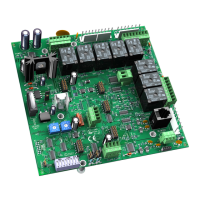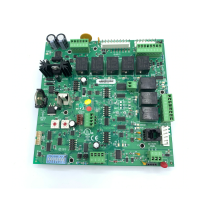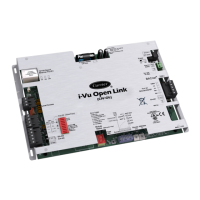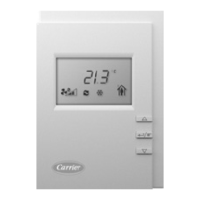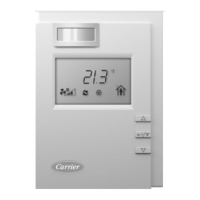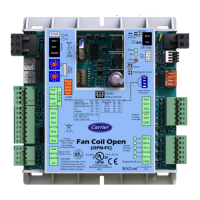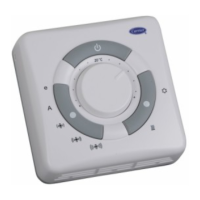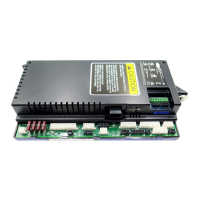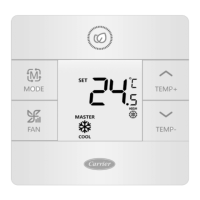Appendix A: RTU Open Points/Properties in i-Vu®/Field Assistant
RTU Open v3 CARRIER CORPORATION ©2019
Installation and Start-up Guide All rights reserved
65
– Enables or disables the use of a purge cycle immediately prior
to the start of a scheduled occupied period.
D:
R:
Disable
Disable/Enable
– The maximum amount of time used for a pre-occupancy purge. D:
R:
60 minutes
0 to 240 minutes
– Enables or disables the use of the economizer to provide unoccupied
free cooling (NTFC).
D:
R:
Disable
Disable/Enable
Minimum Setpoint Separation
– The minimum amount of temperature separation
between the heating and cooling setpoints.
D:
R:
5
°F (2.7 °C)
2 to 10 °F
(1.1 to 5.5
°C)
- The method that the controller uses to determine occupancy.
Options:
= Controller operates continuously as occupied.
= Controller follows a schedule set up in Field Assistant or the i-Vu®
application.
= Occupancy is set over the network by another device or a third party BAS.
= Occupancy is set by a remote contact.
D:
R:
Always Occupied
Always Occupied
BACnet Schedule
BAS On/Off
Remote Occ Input
– The type of sensor (4-20 mA) connected to terminals J4 – 4, 5, and
6.
D:
R:
No Sensor
No Sensor
IAQ Sensor
OAQ Sensor
Space RH Sensor
– The type of sensor (4-20 mA) connected to terminals J4 – 1, 2, and
3.
D:
R:
No Sensor
No Sensor
IAQ Sensor
OAQ Sensor
Space RH Sensor
– The usage of Input 3. You must also set
Input 3 Switch
Configuration
.
Options:
– The input is not used.
– Safety device status.
– Proves supply fan operation.
– Indicates a dirty filter.
– Sets occupancy using a hardware contact.
– Disables mechanical cooling and electric or gas heating, when active.
D:
R:
Compressor Safety
No Function
Compressor Safety
Fan Status
Filter Status
Remote Occupancy
Door Contact
– The normal (de-energized) state for the set of contacts
terminated at
.
D:
R:
NO
NO/NC (normally
open/normally closed)

